DW's Blog
How To Create Effective Ads
by DW Green — February 6, 2010
The primary goal of effective advertising is to attract an audience and motivate them to action. The goal is to drive customer traffic. The goal is to differentiate your store and your ad from your competitors and to always support your stores strategic position. Effective ads do all of these things. The result is advertising that not only achieves the short-term goals of increased sales and customer count, but advertising that becomes the building blocks of tomorrow’s success and prosperity as well. Advertising store attributes often pays off in profitability even when it doesn’t immediately increase sales. It reinforces a stores differential status from competitors and reinforces many past and present experiences with satisfied customers. Indeed, image is often the only basis of comparison between similar but different alternatives.
Create Ads that people will read and respond to
The reality is most folks don’t read supermarket ads — maybe two out of 10. And of the folks who do read ads, they normally read the ads of the store where they regularly shop. So why do most supermarkets insist on putting their name and logo on the top of their ads? If the reader does not like the store, they will not read the ad, regardless of the benefit the ad is offering. The supermarket industry routinely violates this basic principle of effective advertising. Look through an issue of USA Today or The Wall Street Journal and count the number of ads that have the company name and/or logo in the headline—you won’t count very many.
Ads must have headlines and offer a benefit. Like articles in newspapers and magazines, the headline is what entices you to read or not read the article. The same is true with effective advertising: effective headlines attract readers. Remember, your primary shoppers are more likely to be interested in your ad, so focus your efforts instead on attracting new shoppers by offering a strong headline and a compelling reason or benefit to shop your store.
Ads that drive customer traffic
The most effective ads feature an appealing price, an appealing item or an appealing event. Don’t be afraid to promote mangos or papaya or kiwifruit and demo these items in store during the promotion. Produce is a great feature item because of its self-limiting markdown. How many avocados, for example, can people eat in a week? You’d be surprised how many customers 19¢ avocados can drive into your stores.
When it comes to price points, many retailers get locked in a trap. They presume that if T-bone steaks can’t be advertised for $4.99 per pound or tomatoes can’t be offered at 59¢ per pound, it’s not worth advertising them at all. Not so. What matters most is that the sale price represents a value to the customer. If T-bone steak retails for $8.99 per pound, you can feature it for $6.98 per pound and still be offering the customer an enticing savings of $2 per pound.
Promote special events like Cajun cooking or authentic Tuscan cuisine. Food is the international language, a universal experience. Promoting cooking makes good sense, after all, isn’t that what a food store is all about.
Differentiate your store and your ads from competitors
One way we have successfully differentiated our ads is by featuring a single item or a focused theme on the cover page. Some will argue a single item limits the chance to appeal to more shoppers. Some suggest you need to have an item from every major department of the store to force shoppers to shop in every department of the store. I say no, no, no! Don’t fall victim to the mentality that you must feature numerous items just because your competitor does. That’s not differentiation. Showcasing one item or theme has far more impact. Plus, it limits your markdown. Another unique approach: feature items your competitors would never feature, such as garlic or product variety in different categories like jams, mustards, or olive oils.
Support your strategic position
Another important driver in creating effective ads is your store’s strategic position. For example, if you position your store as a low price leader, then your ads should support low prices and pricing activities. If your store position is quality perishables, then promote those items, and explain why they are better than your competitors.
It takes more than snappy creative work to create an effective ad. You need a distinctive store format, a customer benefit, and a unique message that reinforces your strategic position. If you can pull all of these concepts together in a way that draws customers into your store, you’ve undoubtedly created an effective ad — and a competitive edge.
Filed Under: DW's Blog






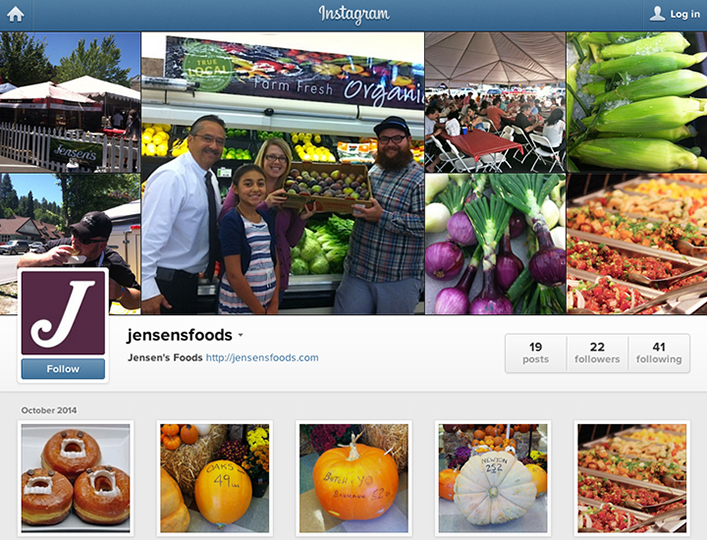





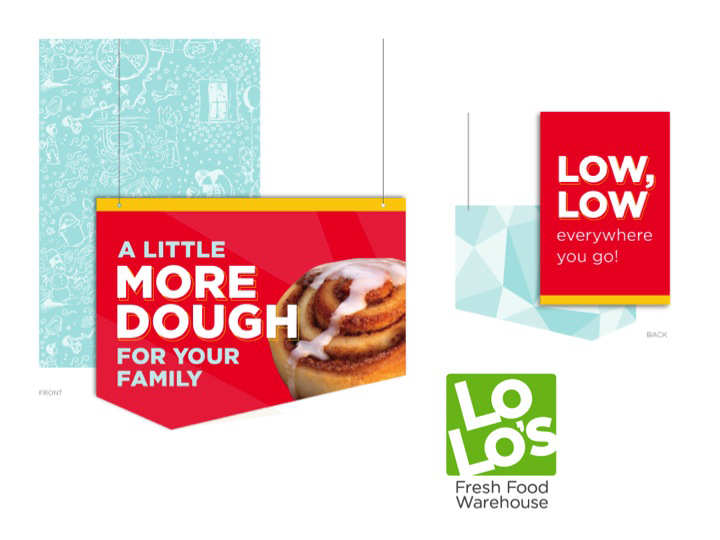


















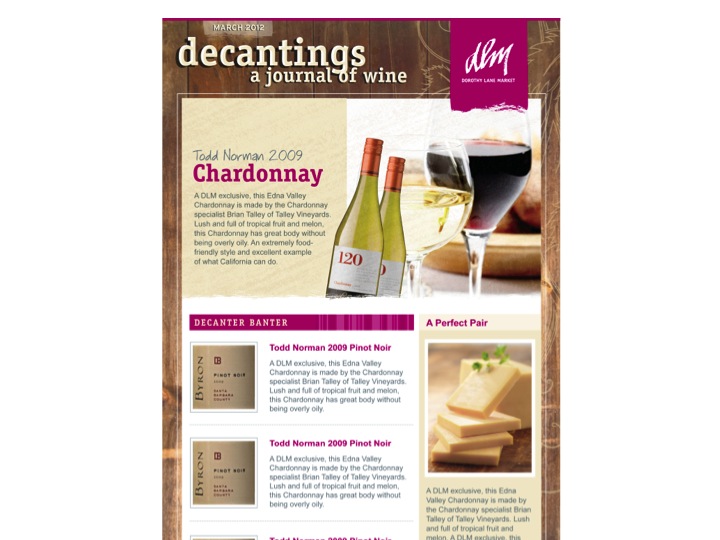

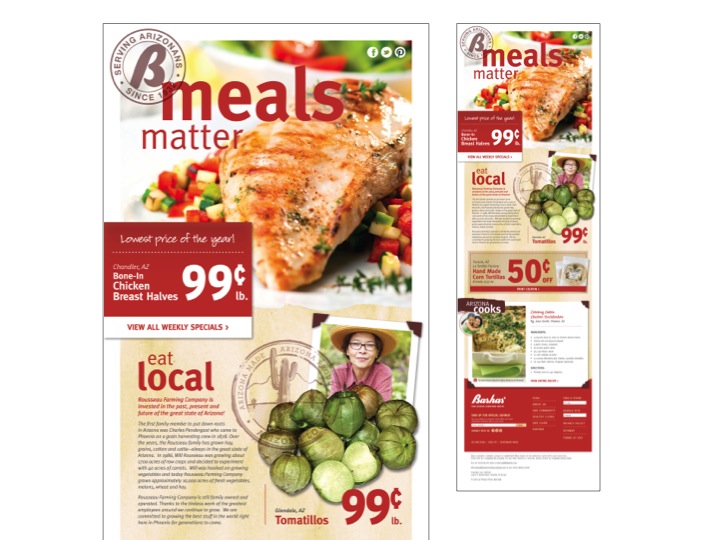
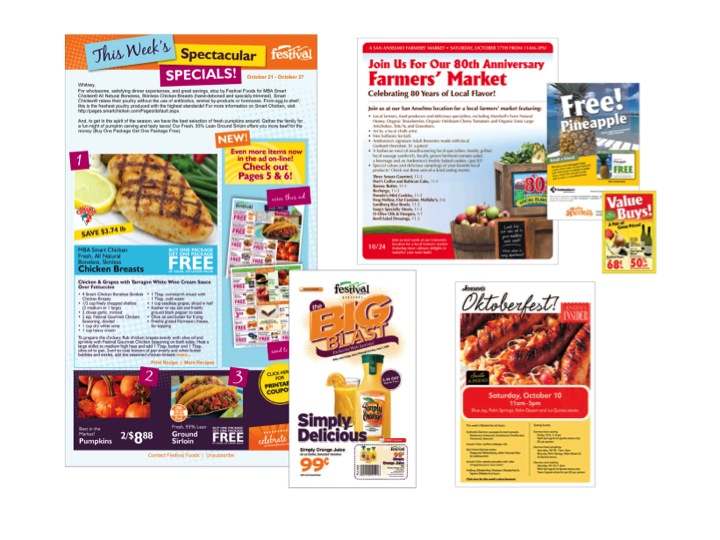

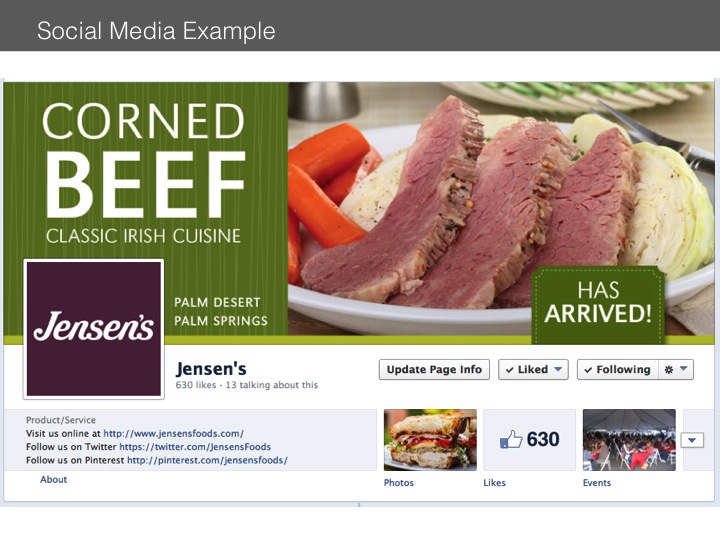

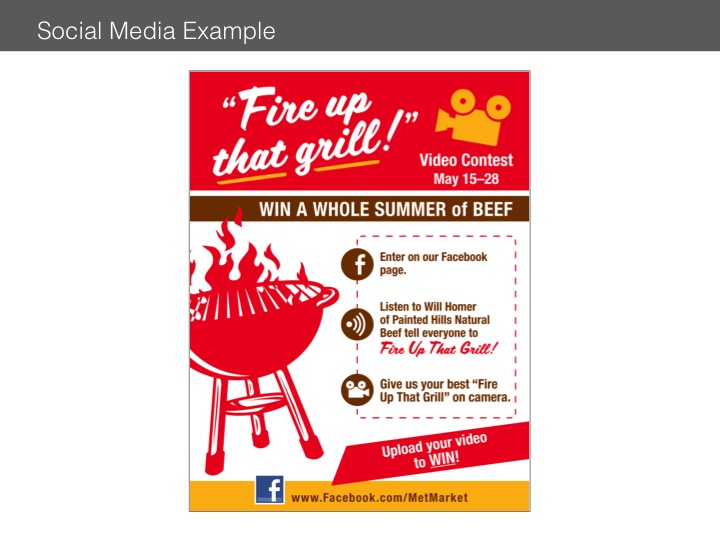


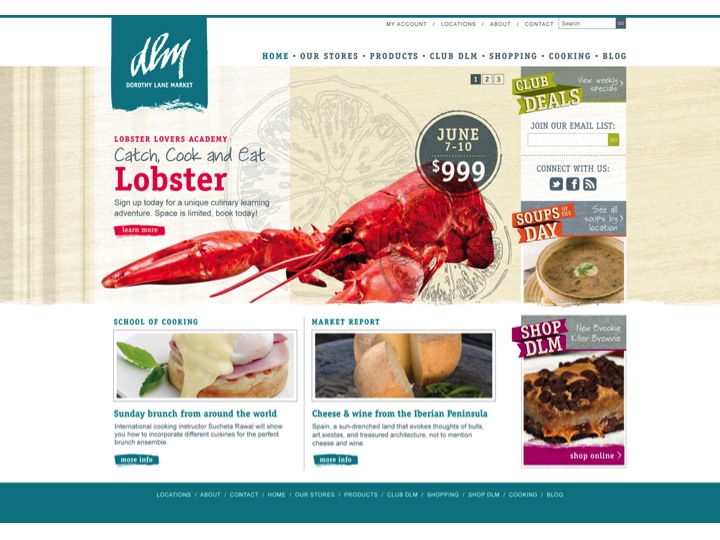
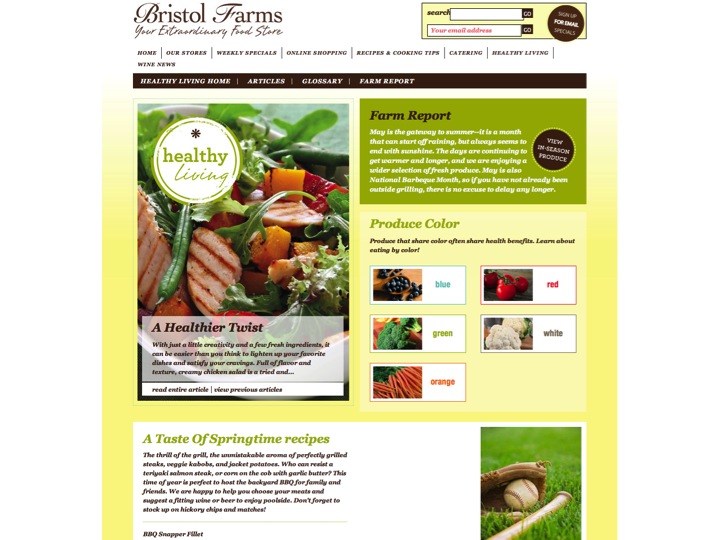
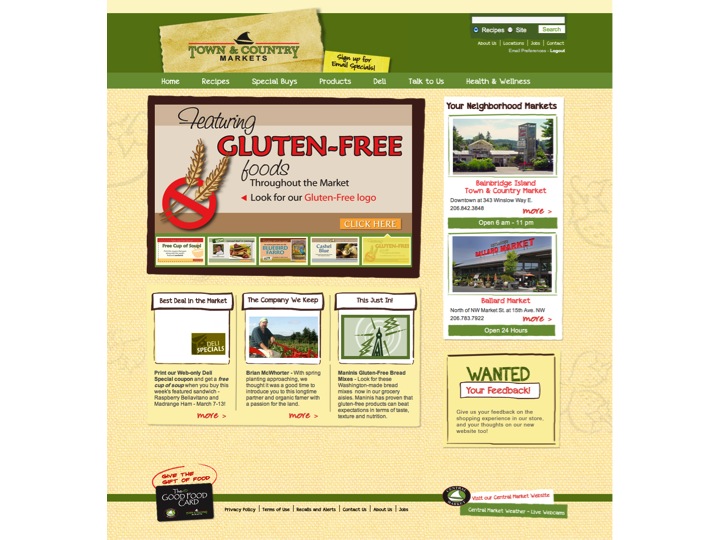
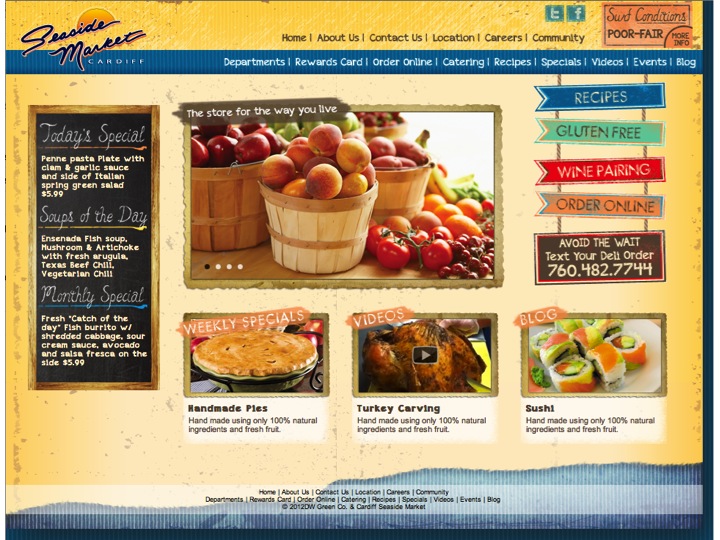
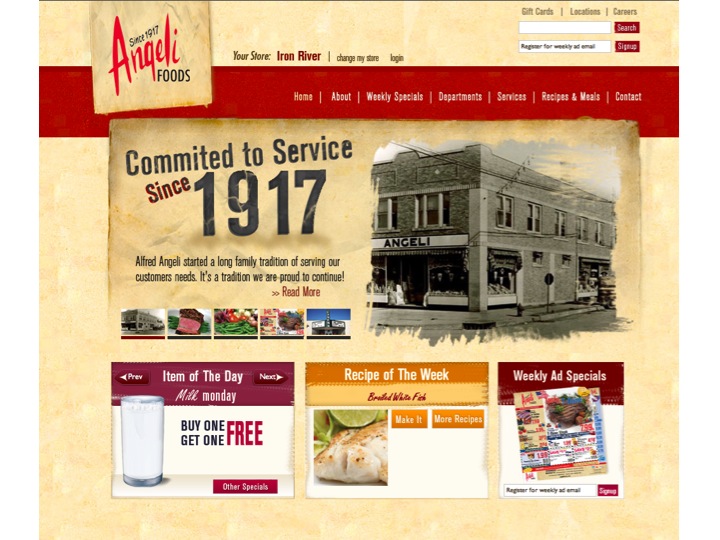
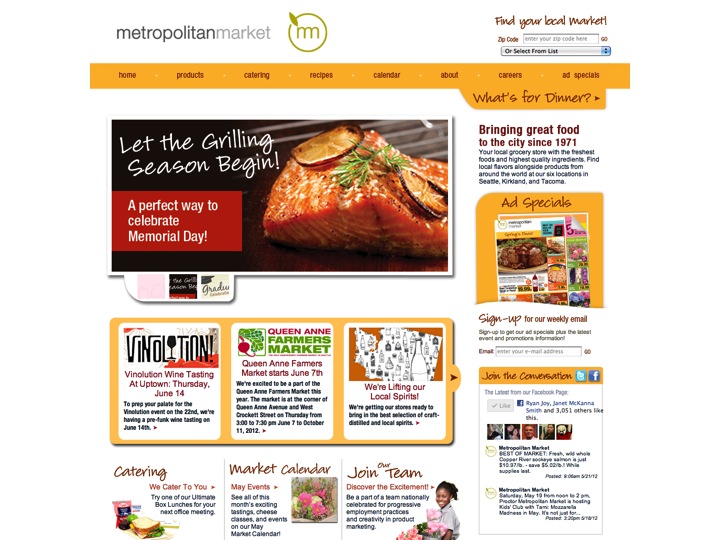
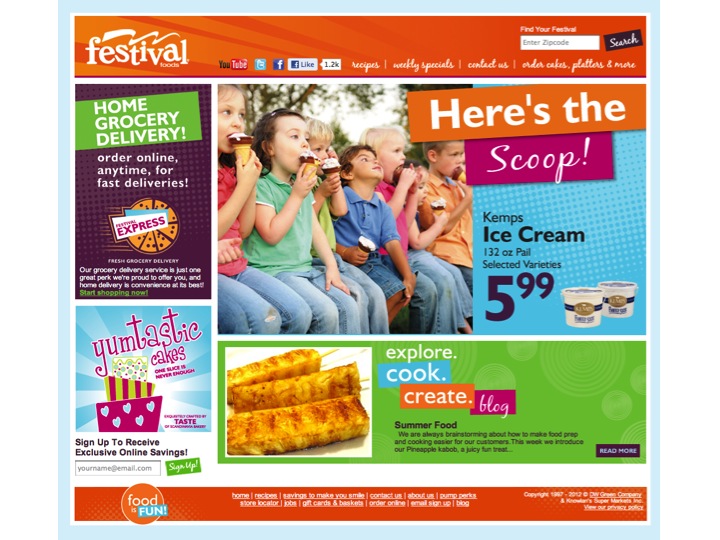
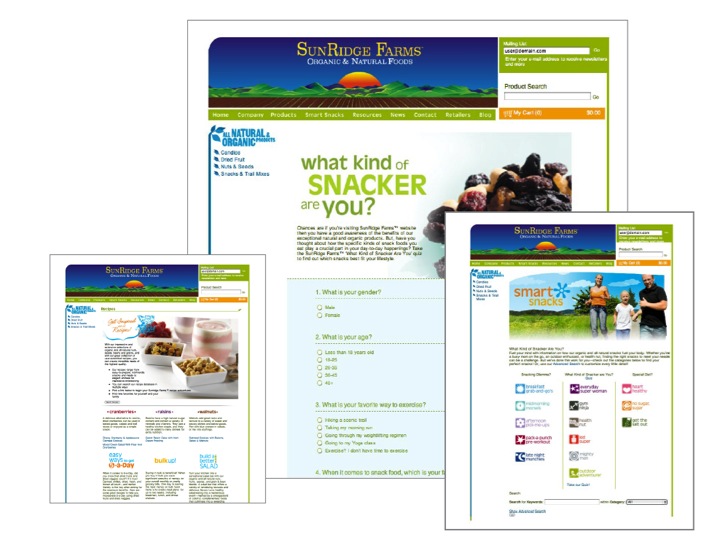
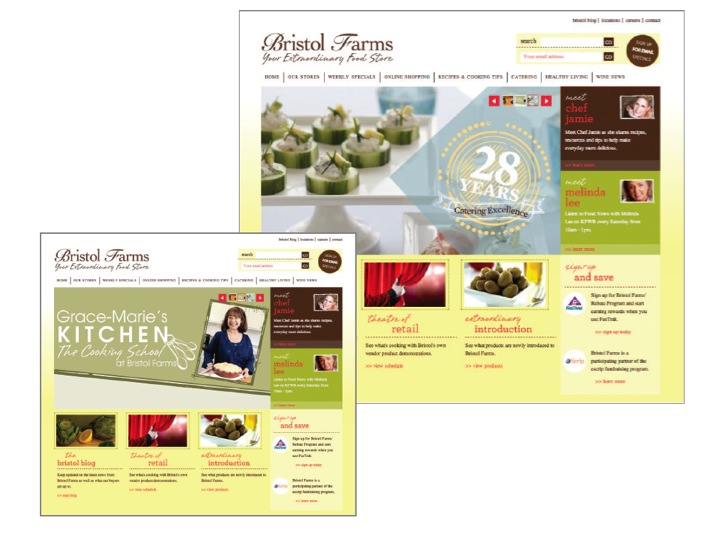
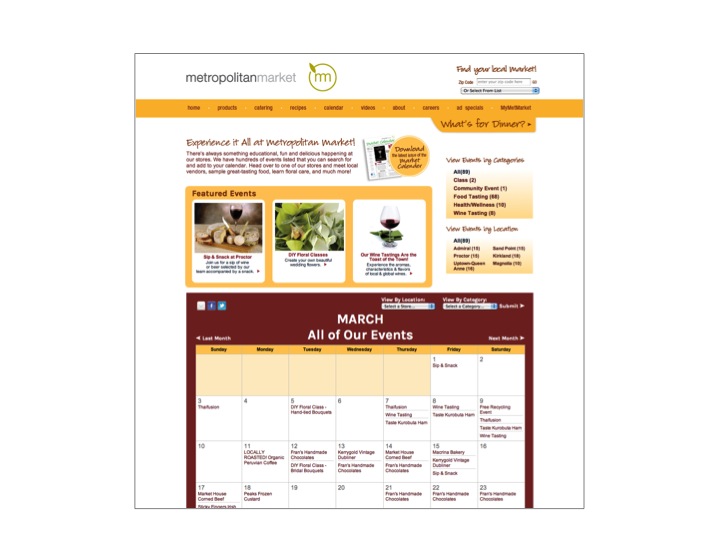
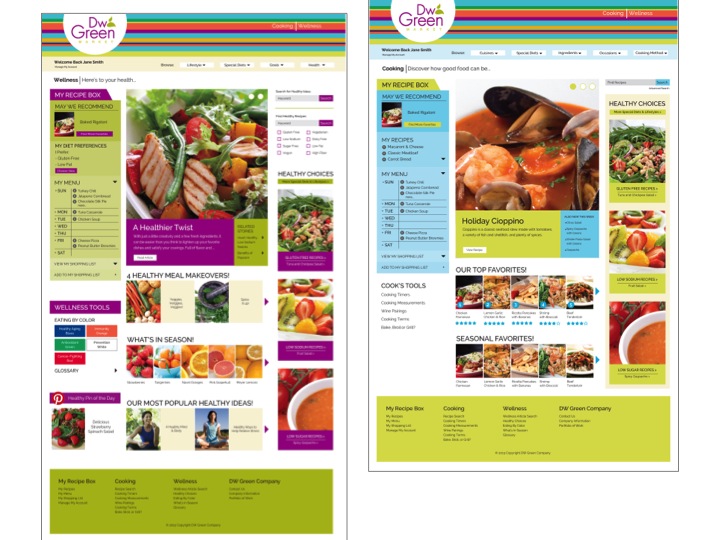
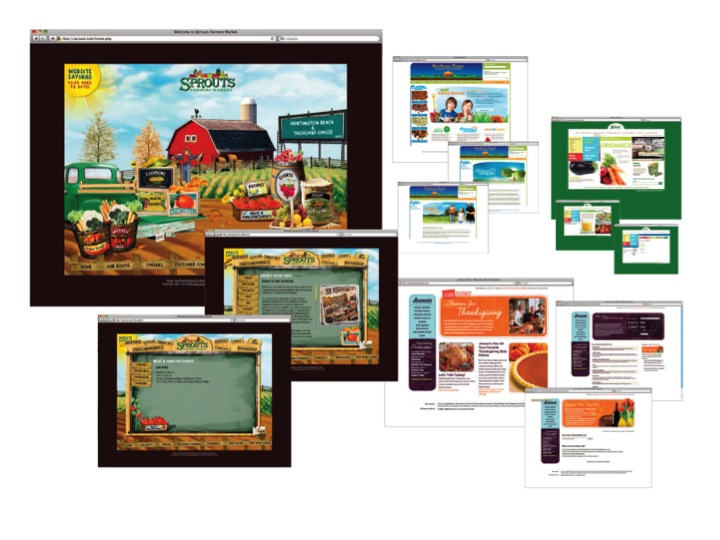

This should be required reading for anyone involved in supermarket advertising.
Once a compelling message is crafted, the strategy is simple: be clear, attract attention, and support the brand. If an ad fails, it’s usually because it wasn’t compelling or it was too cluttered to be clear.